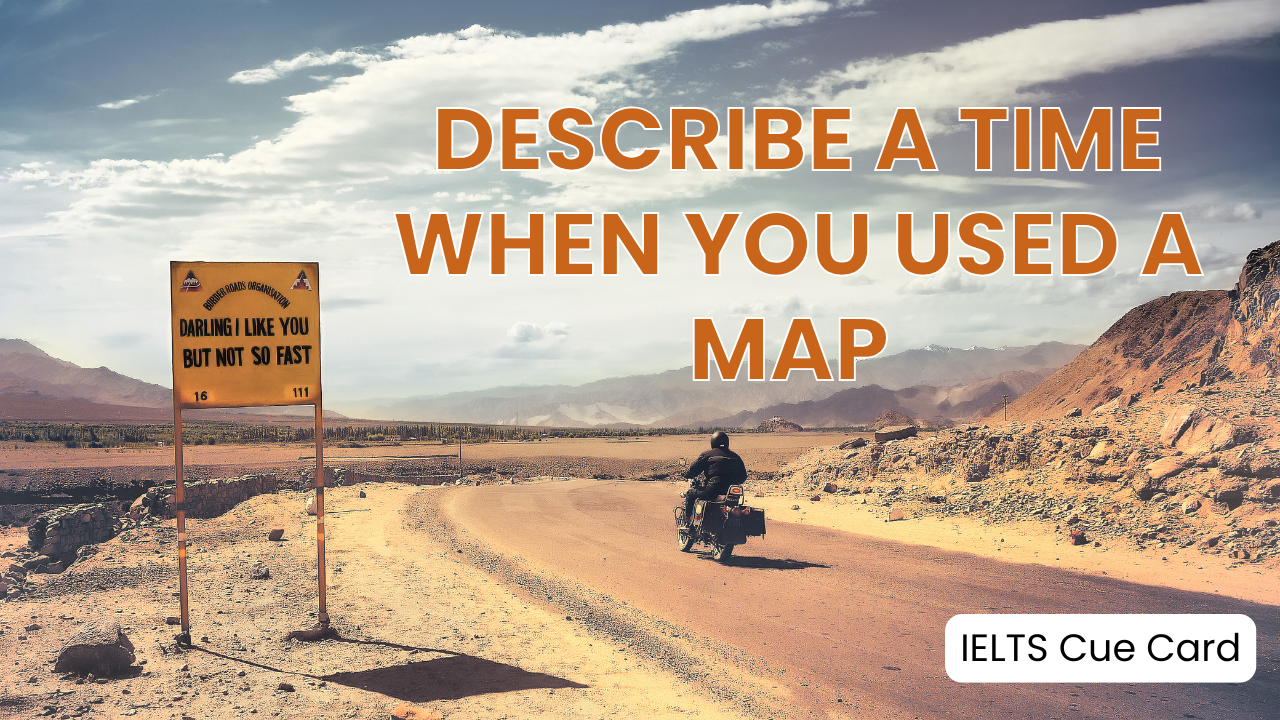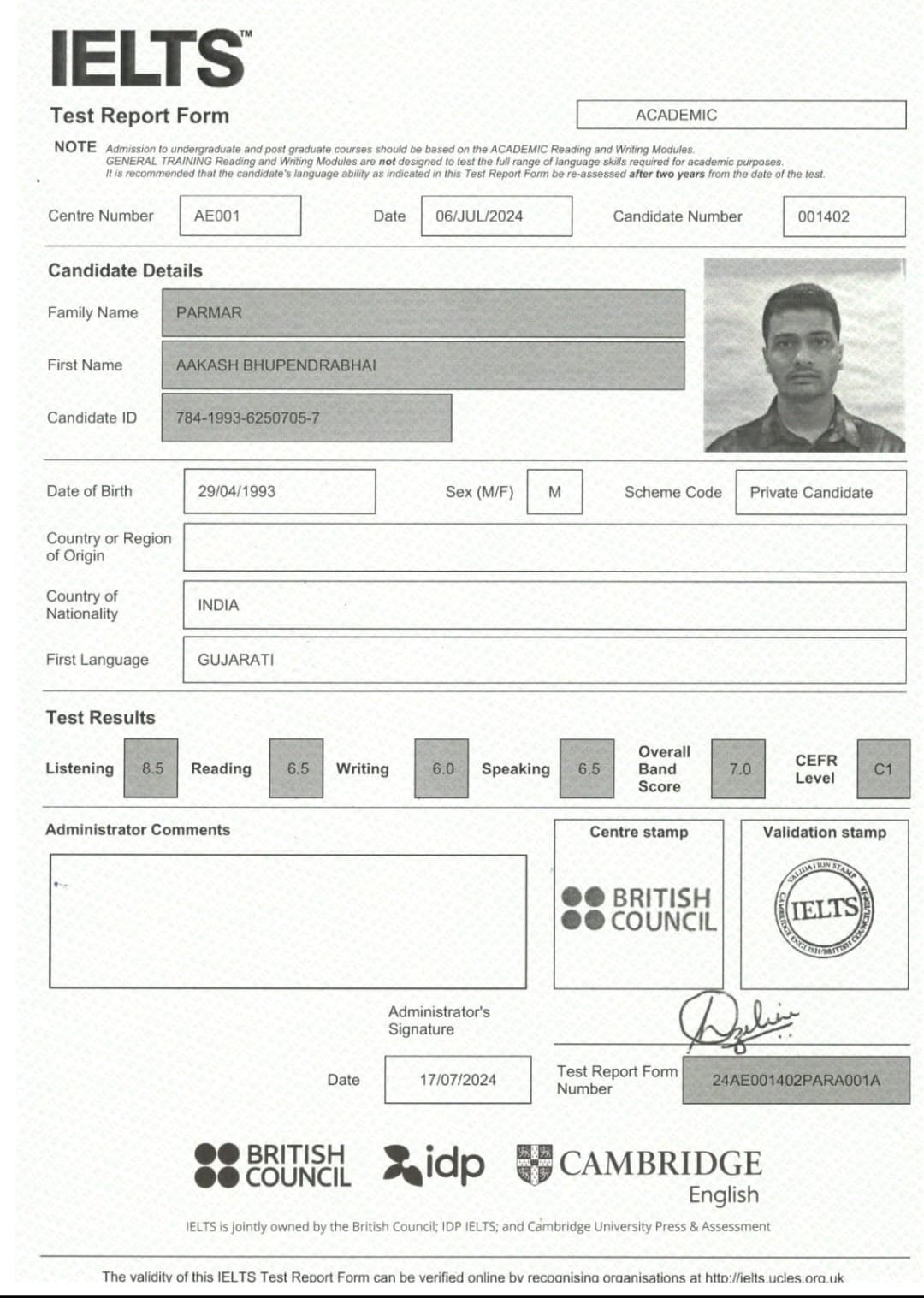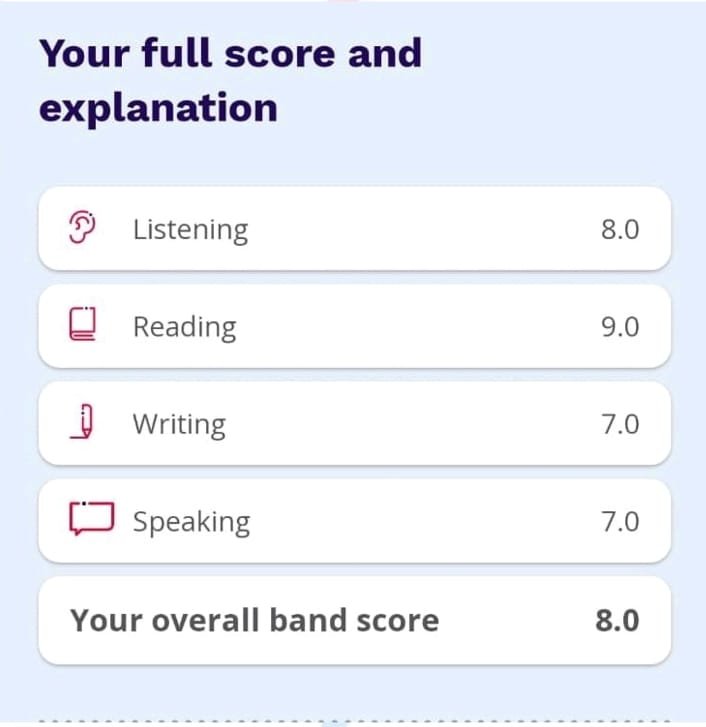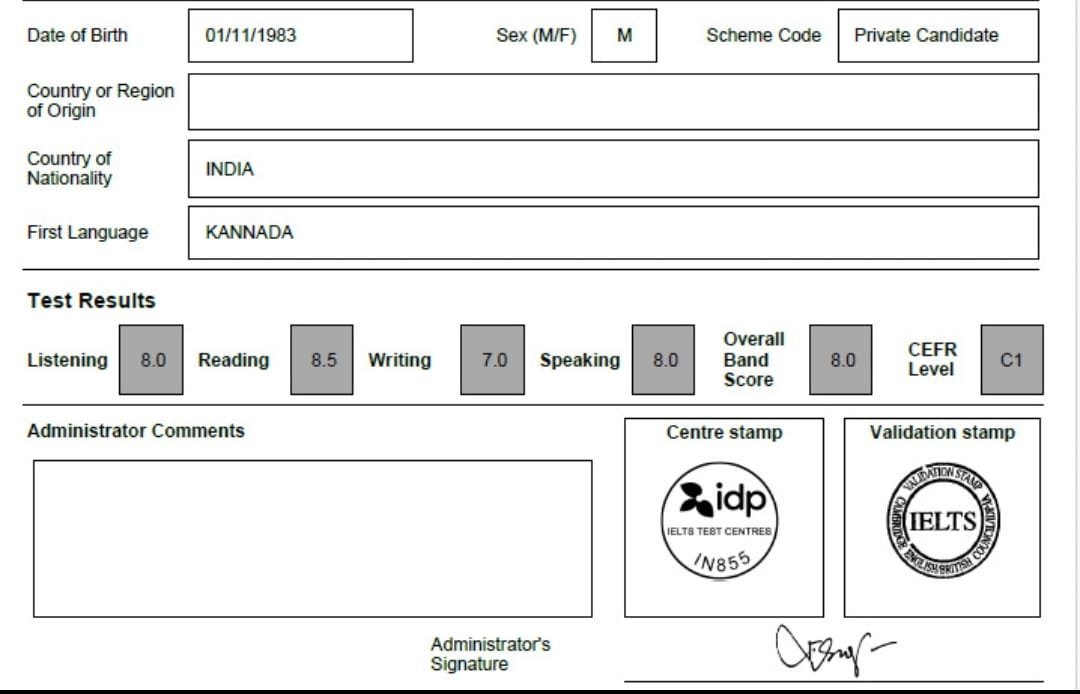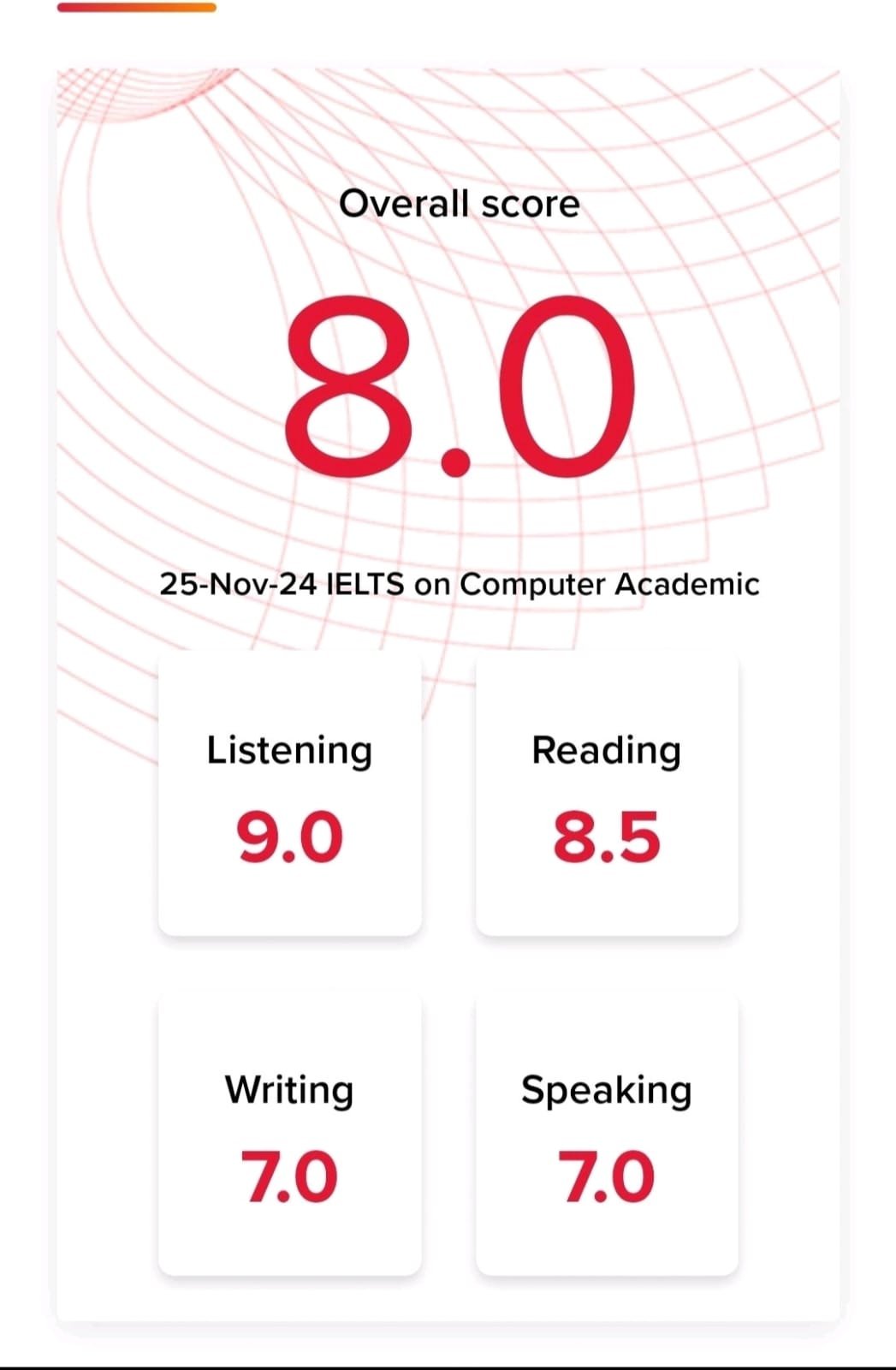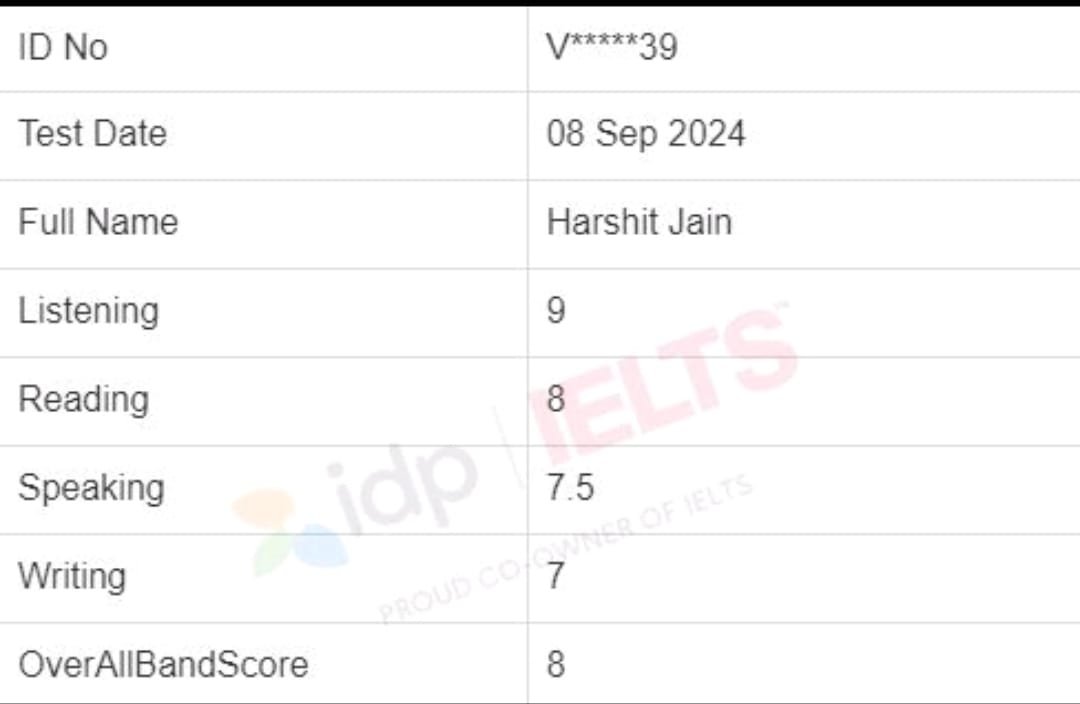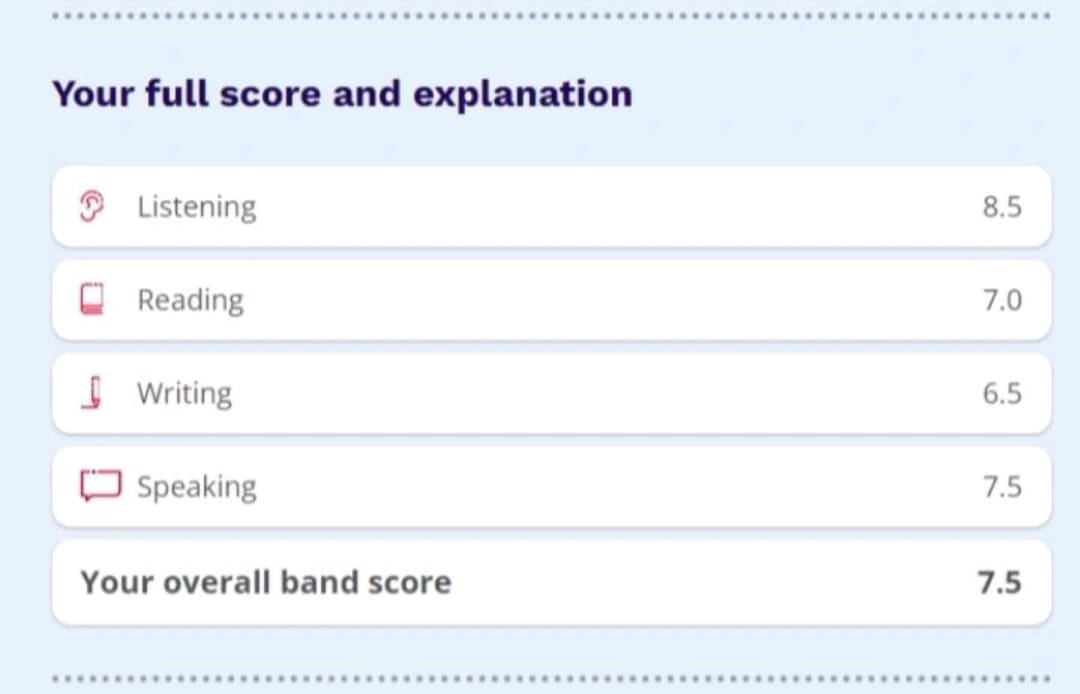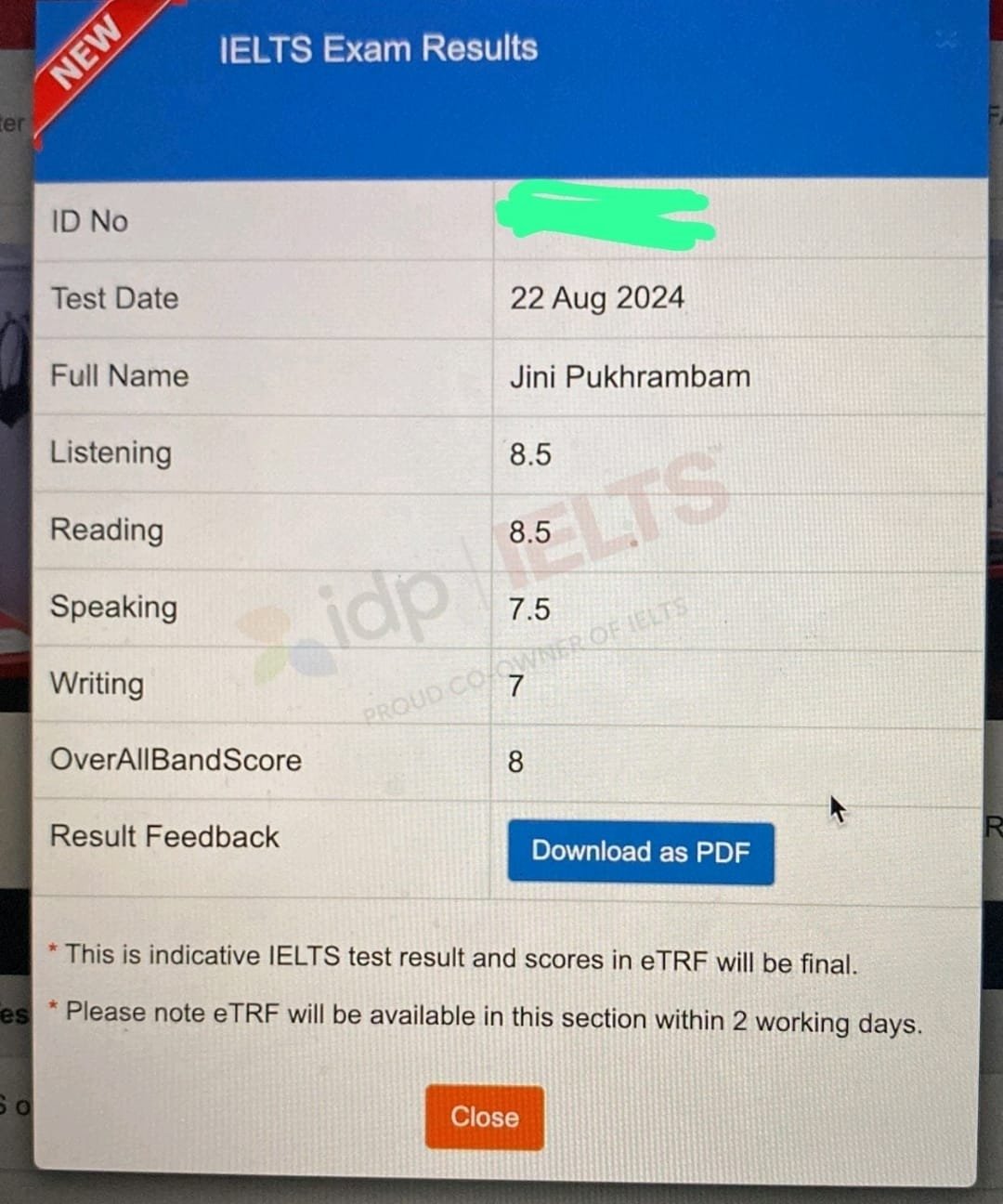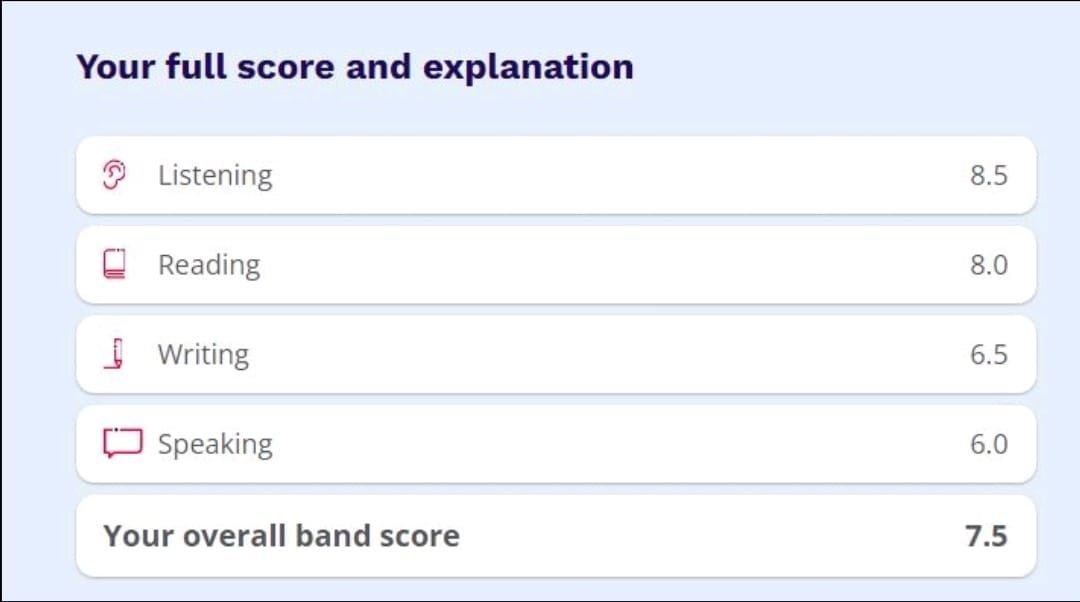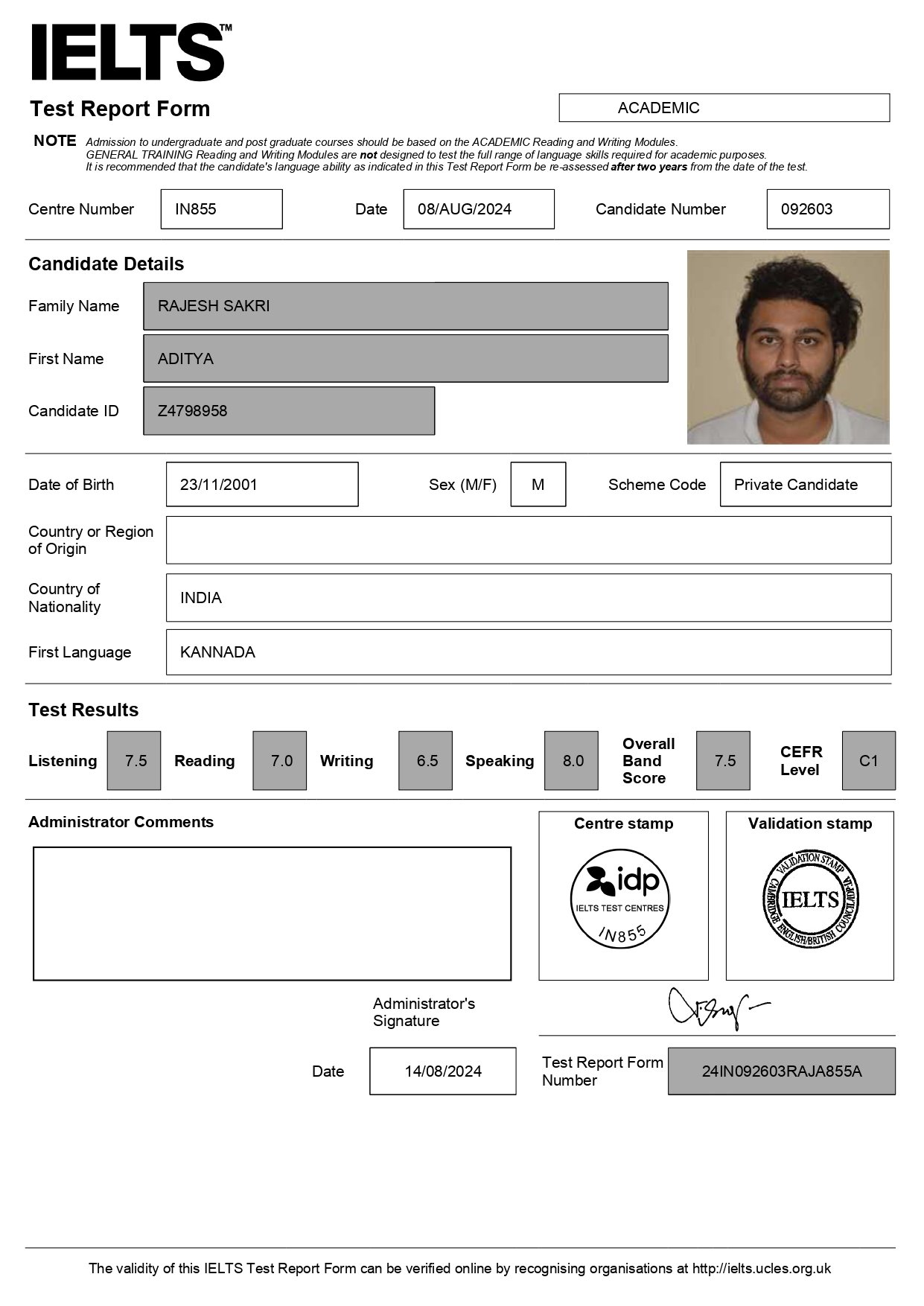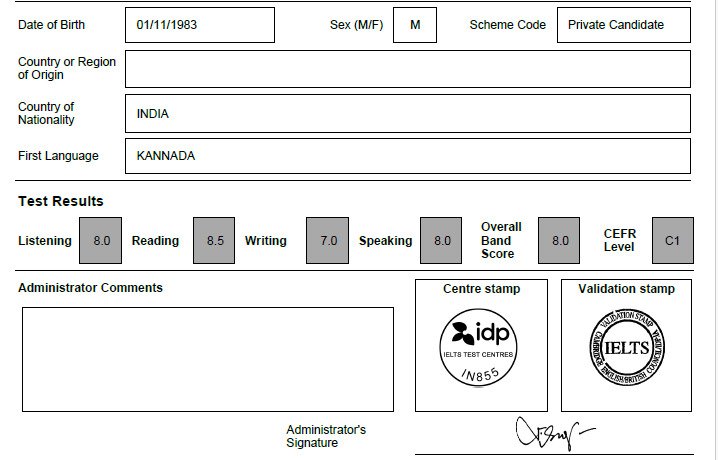
As an IELTS coach, I always emphasize the importance of preparing for common cue card topics in the Speaking test. One frequently asked topic is:
Describe a Time When You Used a Map.
You should say:
- When and where you used the map
- What type of map it was
- What you did with it
- And explain how you felt about using the map
This blog will help you structure your answer effectively, provide a sample response, and share useful vocabulary to help you score higher on the IELTS Speaking test.
How to Answer Describe a Time When You Used a Map Cue Card
To answer this question well, I always recommend using a structured approach:
- Introduction – Give a brief overview of when you used the map.
- Describe the Situation – Mention where you were and why you needed the map.
- Explain How You Used the Map – Talk about whether it was a digital or physical map and how you navigated.
- Your Feelings About It – Share your thoughts and experiences.
Check out my Top IELTS Ebooks.
Sample Cue Card Answer – Describe a Time When You Used a Map
Introduction
I clearly remember a time when I had to use a map while traveling to a new city. It happened about two years ago when I visited Jaipur, India, for the first time. Since it was my first trip there, I wasn’t familiar with the roads, so I had to rely on a map to find my way.
When and Where I Used the Map
During my visit, I wanted to explore Amber Fort, a famous historical site. However, I was staying in a hotel quite far from the fort, and I wasn’t sure about the best route. That’s when I decided to use Google Maps on my phone to navigate.
What Type of Map It Was
The map I used was a digital map on my smartphone. It had a GPS feature, which made it easier to track my current location and the best route to my destination. I chose the public transport option because I wanted to experience local travel.
What I Did With the Map
I opened Google Maps, entered Amber Fort as my destination, and selected the bus route. The map showed me different options, and I chose the most convenient one. It even provided real-time updates about bus timings, traffic, and estimated travel time. Thanks to the map, I reached my destination without any confusion.
How I Felt About Using the Map
I felt extremely relieved and confident while using the map. It made my journey much smoother and saved me from asking strangers for directions. I also realized how important digital maps have become in modern travel. Without the map, I might have struggled to find my way and wasted a lot of time.
For an IELTS writing sample click – https://yourlocalieltscoach.com/essay-samples/
Alternative Answers for Describe a Time When You Used a Map Cue Card
If you want to talk about a different situation, here are some other ideas:
1. Using a Map While Driving
- I used Google Maps for navigation during a road trip.
- It helped me find the shortest route and avoid traffic jams.
- I felt confident and stress-free throughout the journey.
2. Using a Paper Map on a Hiking Trip
- I used a physical map while hiking in a remote area.
- Since there was no internet connection, I had to rely on the old-fashioned way of navigation.
- It was a challenging yet exciting experience.
3. Helping a Friend Navigate a New City
- I used a digital map to help a friend find his hotel in a foreign country.
- It showed us the best walking route and nearby landmarks.
- I felt helpful and proud of using technology effectively.
Check out other IELTS speaking cue card topics
Describe a Foreign Person You Have Heard About
Describe a Situation When You Helped Someone
Describe Something in Your Country That You Are Interested In
Describe A Famous Athlete You Know
Describe an Activity That You Do After School/Work
Describe a Time You Moved to a New Home/school
Useful Vocabulary & Phrases for Describe a Time When You Used a Map Topic
Here are some words and phrases that can enhance your IELTS Speaking answer:
- “Find my way around” – To navigate or locate something.
- “Navigate unfamiliar places” – To find directions in a new location.
- “Check real-time updates” – To see live changes in routes or traffic.
- “Get lost in an unknown place” – To lose direction in a new area.
- “Rely on GPS navigation” – To use a digital map for directions.
- “Smooth and hassle-free experience” – A journey without difficulties.
Describe a Time When You Used a Map – IELTS Speaking Part 3 Follow-up Questions
After the cue card, the examiner may ask follow-up questions. Here are some possible ones with answers:
1. Do you prefer using paper maps or digital maps?
I prefer using digital maps because they are more convenient and accurate. With real-time GPS tracking, I can easily navigate unfamiliar places. However, in remote areas with no internet, a paper map can be useful.
2. How do most people find directions these days?
Most people rely on smartphones and GPS apps like Google Maps or Apple Maps. These apps provide turn-by-turn directions, estimated travel time, and alternate routes. However, some older generations still use physical maps or ask locals for directions.
3. What are the advantages of using digital maps?
Digital maps offer real-time updates, voice navigation, and different route options based on traffic conditions. They are also more accessible since almost everyone carries a smartphone these days.
4. Are paper maps still useful?
Yes, in certain situations. If someone is hiking, camping, or traveling in remote areas with no internet access, a paper map can be a lifesaver. It also helps when phone batteries die.
5. How do tourists benefit from maps?
Tourists benefit greatly from maps because they help them explore new places without getting lost. Digital maps also suggest nearby attractions, restaurants, and transportation options, making their trip more convenient and enjoyable.
Final Thoughts
I always encourage my students to prepare well for common topics like this. Whether you talk about using a map while traveling, driving, or helping someone navigate, make sure your answer is structured, detailed, and natural.
Finding IELTS difficult? Contact me today!
